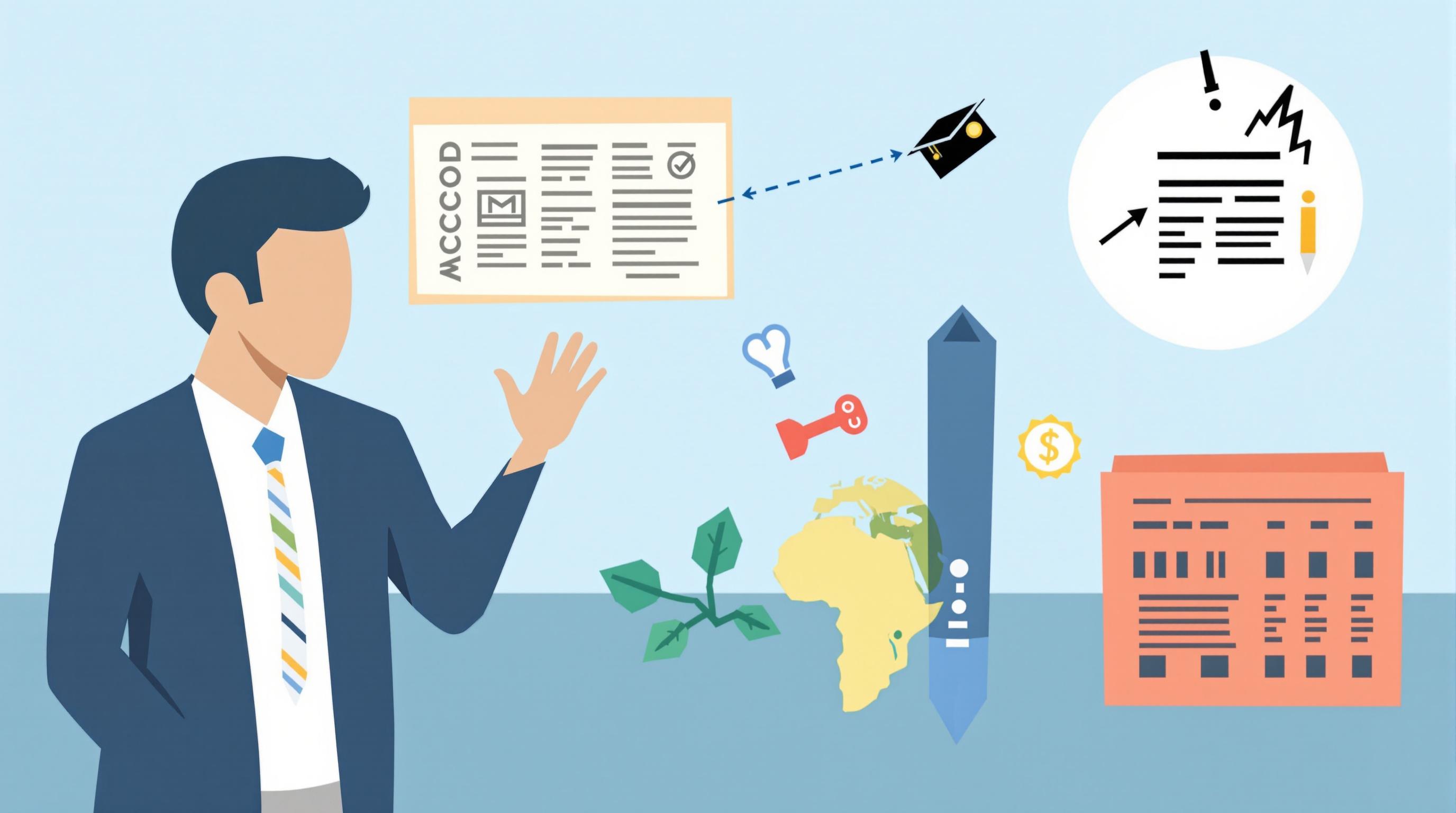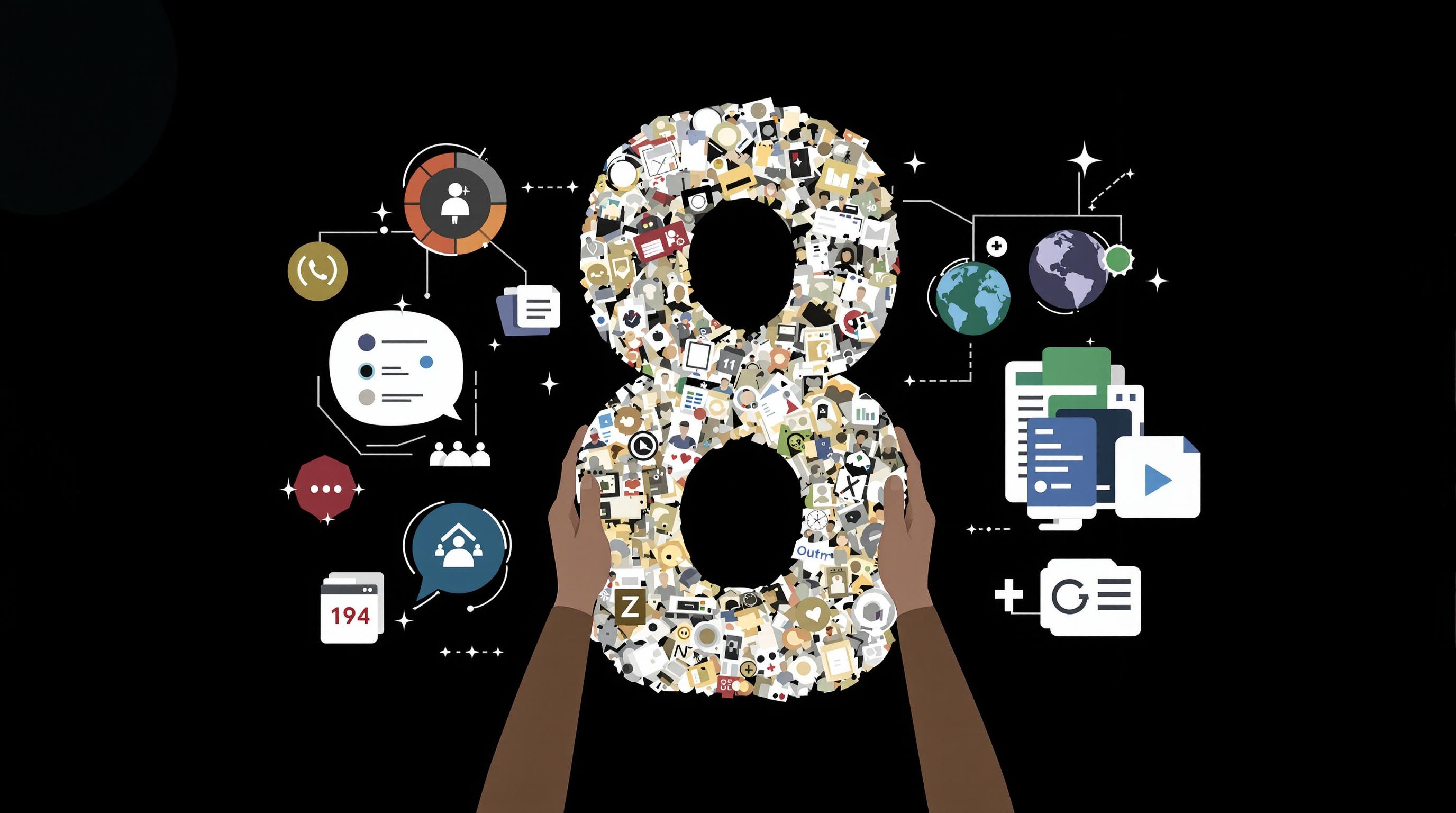Related Articles
- 7 Game-Changing Student Budget Apps Released Since 2019 That Slash College Living Expenses
- The Silent Toll of Campus Health Services: Unpacking the Overlooked Expenses Students Face Beyond Tuition
- Examining Virtual Tour Accessibility Challenges for Neurodiverse and Disabled Students in Higher Education
- The Role of Virtual Campus Visits in Shaping Student Identity and Community Belonging from Afar
- How Procrastination Patterns Shape College Application Outcomes: Analyzing the Role of Timing in Student Decisions
- How Seasonal Patterns Influence Decision-Making Mindsets During Critical College Application Phases
How Procrastination Patterns Shape College Application Outcomes: Analyzing the Role of Timing in Student Decisions
How Procrastination Patterns Shape College Application Outcomes: Analyzing the Role of Timing in Student Decisions
Procrastination during the college application process significantly influences outcomes, with timing acting as a critical factor in decision-making. This article delves into various procrastination patterns, their psychological underpinnings, real-world case studies, and strategies to optimize application timing for better results.
Picture this: Jessica, a high school senior from Ohio, had a star-studded résumé but waited until the last two days before the application deadlines to send her materials. Despite her qualifications, her rushed submission led to missed opportunities and a stressful final week. Case studies like Jessica's illustrate how procrastination often sabotages otherwise capable applicants.
The Science of Procrastination and Its Psychological Roots
Procrastination is not just laziness; it’s a complex psychological behavior often tied to fear of failure, perfectionism, or anxiety. According to the American Psychological Association (APA), approximately 20% of college students identify chronic procrastination as a major impediment to their academic performance.
“Timing is everything,” but when anxiety exacerbates procrastination, students tend to submit applications hurriedly, compromising quality. Neurological studies indicate that the limbic system’s reward center may override the prefrontal cortex’s planning functions, leading to delay despite knowing the risks involved.
How Timing Affects Application Outcomes
Early applications often enjoy advantages such as higher acceptance rates and access to scholarships. For example, the University of Michigan reports that early decision acceptance rates can be up to 15% higher than regular decision rates. This is no coincidence; admissions officers tend to reward decisive, prepared students.
In contrast, students who procrastinate until the eleventh hour tend to face heightened competition when spots are limited. The timing also influences the impression made on admissions committees—late submissions might signal disorganization or lack of genuine interest, underpinning lower chances.
Anecdotal Evidence: The Case of Marcus and Lena
Marcus waited until just one week before the deadline to start his essays, leading to several revisions under pressure and final drafts lacking polish. Lena, however, began her applications three months early, allowing comprehensive feedback and several rewrites. Marcus’s acceptance letters were sparse, while Lena received multiple offers, showcasing that pacing often correlates with success.
The Role of Digital Distractions in Procrastination
One must consider the modern landscape—smartphones, social media, and streaming platforms constantly vie for students’ attention. A survey conducted by Common Sense Media in 2022 revealed that teens spend an average of 7 hours and 22 minutes daily on screens, often at the expense of academic focus.
It’s no surprise, then, that procrastination during college applications has become a digital battleground. Notifications and social media feeds provide instantaneous gratification, distracting students from the long-term goals that applications demand.
Changing Patterns with Virtual Support Tools
Some institutions and tech companies have developed digital tools to combat procrastination. For instance, the “ApplyWise” app sends timed reminders and breaks down the application process into manageable chunks. After launching in 2021, schools reported a 25% drop in late submissions.
Yet, no tool can substitute for intrinsic motivation and time management skills, which remain crucial.
Strategies to Combat Procrastination and Optimize Application Timing
Building a structured timeline is a proven approach. Experts advise setting internal deadlines at least one month ahead of official due dates to allow for unforeseen delays. Breaking the task down into smaller segments—such as drafting essays, gathering recommendation letters, and reviewing applications—can reduce overwhelm.
Another effective technique is the Pomodoro method, where students work in focused 25-minute intervals followed by 5-minute breaks. These short bursts enhance concentration and combat the inertia linked to procrastination.
Persuasive Insights: Why Start Early?
Imagine you have a one-in-ten chance to secure a scholarship by submitting an early application, but you delay and miss it entirely. Starting early reduces stress, improves the quality of your submission, and maximizes scholarship opportunities. The data supports this: students applying early decision have, on average, a 20% higher grant award rate (NACAC, 2023).
Storytelling Approach: From Panic to Preparedness
At 24, I looked back on my own application cycle and realized procrastination cost me a potential scholarship. The night before the deadline, I pieced together essays and documents frantically. The acceptance letter arrived but without financial aid, forcing me to work extra jobs during college. If only I had paced myself earlier.
My experience is echoed by thousands of students each year. Yet, learning from these patterns empowers future applicants to take control.
The Timing-Procrastination Paradox: When Delay Can Sometimes Help
Intriguingly, a small fraction of applicants report that delaying allowed them to refine their goals and choose better-fit schools. According to a 2022 study published in The Journal of Higher Education, approximately 8% of students who started late reconsidered their choices and improved their application authenticity.
This paradox suggests procrastination isn’t universally harmful—under certain circumstances, it can give students space to reflect. Still, this approach requires self-awareness and discipline, otherwise, procrastination devolves into detrimental last-minute chaos.
Ultimately, understanding your personal procrastination triggers can help tailor strategies that honor your pace while adhering to deadlines.
Concluding Thoughts: The Power of Timing in Shaping Futures
In the competitive arena of college admissions, when you apply can be just as important as how you apply. Procrastination often undermines an applicant’s chances, yet by recognizing patterns, arming oneself with strategies, and starting early, students can optimize outcomes.
Parents, educators, and counselors must also play an active role, offering guidance and emotional support throughout the application journey. Together, we can transform delays into deliberate, well-timed actions that carve a path toward success.
Remember, the college application is not just a form to fill—it’s the bridge to your future, and timing is the roadmap.




